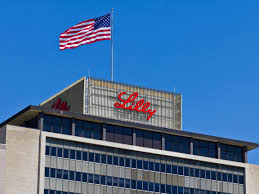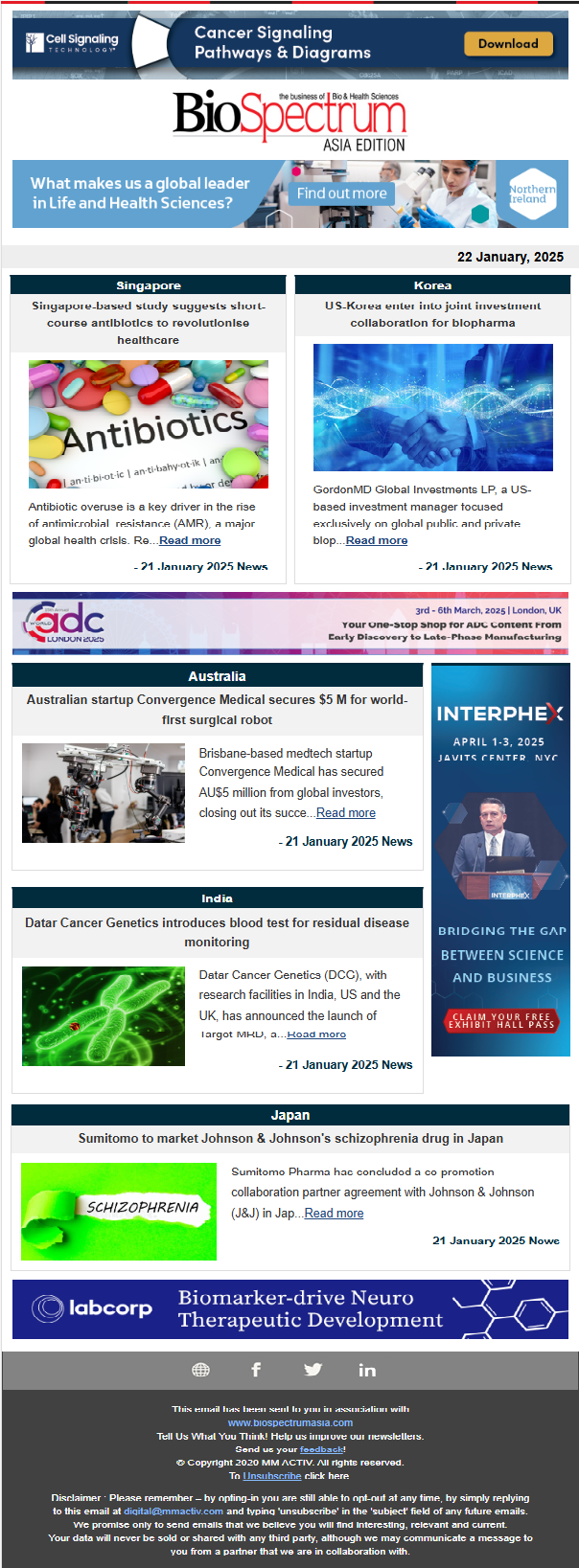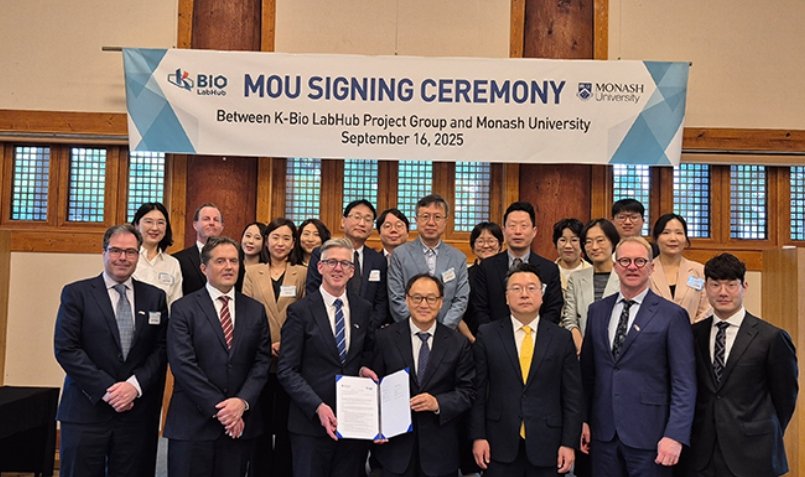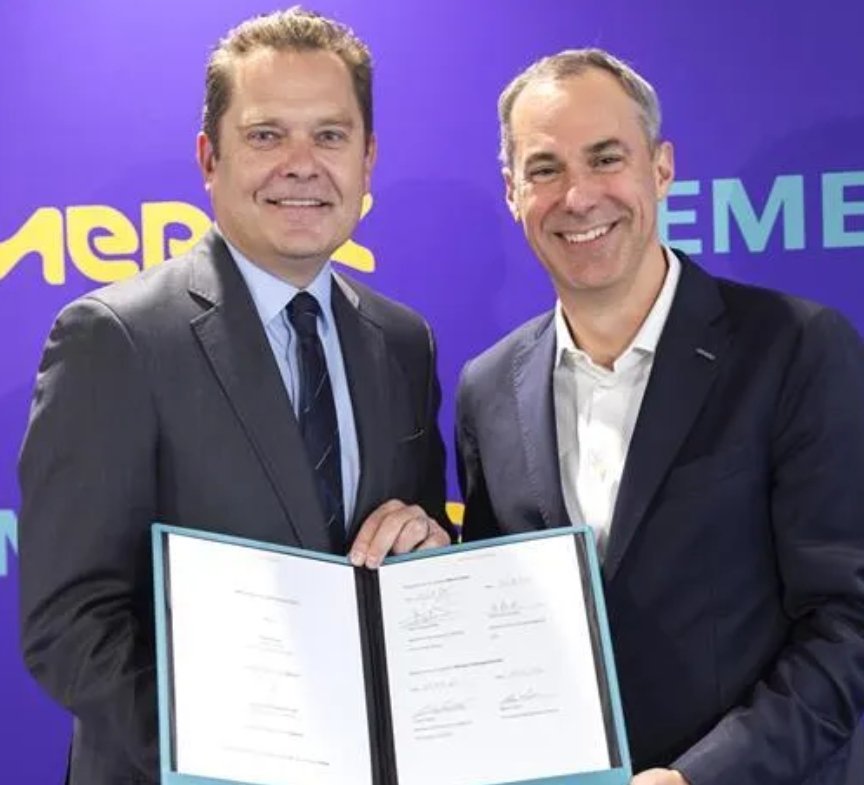
Eli Lilly & Co. reported a strong financial performance in Q4 2024, with substantial revenue growth driven by its blockbuster drugs and strategic innovations. The company experienced a 45% increase in total revenue, reaching $13.53 billion, primarily fueled by Mounjaro and Zepbound, as well as other key therapeutic areas, including oncology, neuroscience, and immunology.
Key Financial Highlights
|
Metric |
Q4 2023 |
Q4 2024 |
YoY Change (%) |
|---|---|---|---|
|
Total Revenue |
$9.34B |
$13.53B |
+45% |
|
Gross Margin |
82.2% |
83.2% |
+0.9pp |
|
Operating Income |
$2.58B |
$5.63B |
+118% |
|
Net Income |
$2.06B |
$4.81B |
+114% |
|
Earnings Per Share (EPS) |
$2.42 |
$5.32 |
+114% |
Lilly’s gross margin reached 83.2%, supported by higher sales volumes and a favorable product mix. The company also increased R&D spending by 18%, underscoring its commitment to innovation.
Revenue Growth Drivers
Lilly’s robust revenue growth in Q4 was driven by the exceptional performance of Mounjaro and Zepbound, along with strong contributions from its oncology and neuroscience portfolios. The company’s ability to capitalize on market demand for innovative treatments across multiple therapeutic areas solidified its leadership position and fueled impressive financial results.
Mounjaro, a breakthrough therapy for Type 2 diabetes, emerged as the top revenue contributor, generating $3.5 billion in sales during the quarter. Its strong adoption and expanding market presence reinforced its leadership in diabetes management. Zepbound, Lilly’s newly approved obesity treatment, also made a significant impact, delivering $1.2 billion in sales following its U.S. FDA approval and launch. The rapid uptake of Zepbound highlights the growing demand for effective weight management solutions and positions Lilly as a major player in the obesity treatment market.
The company’s oncology portfolio also performed well, with Verzenio, a treatment for breast cancer, experiencing a 36% year-over-year (YoY) revenue increase. This growth was largely driven by its expanding adoption in early-stage breast cancer treatment, demonstrating its effectiveness in a broader patient population. Additionally, Jaypirca, a lymphoma treatment, contributed $114 million in quarterly sales, showcasing strong early market traction. Omvoh, a therapy for Crohn’s disease, generated $57 million, benefiting from both U.S. and international launches, further expanding Lilly’s footprint in the immunology space.
Beyond oncology, Lilly’s immunology and cardiovascular segments also played a crucial role in driving revenue growth. Taltz, a treatment for psoriasis and arthritis, saw a 21% increase in sales, fueled by rising global demand. Jardiance, a widely used therapy for cardiovascular and kidney diseases, achieved an impressive 50% YoY growth, primarily due to its successful international expansion. Meanwhile, Ebglyss, an immunology treatment, made its market debut, generating $20 million in its first quarter, marking a promising start for the newly launched therapy.
R&D and Pipeline Advancements
Lilly’s commitment to innovation and expanding its pipeline was underscored by an 18% increase in research and development (R&D) spending during Q4 2024. This heightened investment reflects the company's strategic focus on advancing novel therapies and maintaining a strong competitive edge in key therapeutic areas. Several regulatory approvals and clinical milestones highlight the progress made in expanding Lilly’s portfolio across various disease areas, including obesity, Crohn’s disease, Alzheimer’s disease, and cancer.
One of the key advancements was the U.S. FDA approval of Zepbound as the first prescription medication for moderate-to-severe obstructive sleep apnea in adults with obesity. This approval represents a significant breakthrough, offering a new treatment option for a patient population with limited therapeutic choices. Omvoh, a therapy for moderate-to-severe Crohn’s disease, also gained U.S. approval and received a positive recommendation from the European Medicines Agency’s Committee for Medicinal Products for Human Use (CHMP), positioning it as a promising treatment for this challenging inflammatory bowel disease. Additionally, Kisunla, a therapy for early symptomatic Alzheimer’s disease, received approval in China, expanding Lilly’s reach in the global fight against neurodegenerative diseases.
Lilly also reported strong clinical results that further bolstered the potential of its pipeline. The Phase 3b SURMOUNT-5 study demonstrated that Zepbound delivered a 47% greater weight loss compared to Wegovy, underscoring its potential as a leading obesity treatment. The SUMMIT Phase 3 study of tirzepatide (Mounjaro) revealed promising results in reducing the risk of heart failure, further validating its broader clinical benefits beyond diabetes management. In oncology, the EMBER-3 trial showed that imlunestrant, a new breast cancer therapy, improved progression-free survival for metastatic breast cancer patients, highlighting its potential to become an important treatment option for those with advanced disease. Similarly, the BRUIN CLL-321 trial showed that Pirtobrutinib reduced the risk of disease progression by 46% in patients with chronic lymphocytic leukemia (CLL), reinforcing its role in addressing unmet needs in hematologic cancers.
Furthermore, Phase 2 results for muvalaplin, a treatment for cardiovascular disease, demonstrated significant reductions in lipoprotein(a) levels, a key marker of cardiovascular risk. These results suggest that muvalaplin could play an important role in managing cardiovascular diseases, particularly for patients at high risk due to elevated lipoprotein(a) levels.
Strategic Business Developments
In Q4 2024, Lilly made several strategic investments and business expansions aimed at strengthening its market position and driving future growth. One of the key initiatives was a $3 billion manufacturing expansion in Wisconsin, designed to enhance its global production capabilities. This significant investment reflects Lilly’s commitment to scaling its operations to meet growing global demand for its therapies, ensuring a robust supply chain and greater operational efficiency. The expansion is expected to support the production of key products across multiple therapeutic areas, reinforcing Lilly's ability to deliver innovative treatments worldwide.
Another strategic move was the acquisition of Scorpion Therapeutics, a company specializing in the development of next-generation oncology therapies. This acquisition significantly bolstered Lilly’s oncology pipeline, particularly with the addition of a promising PI3Kα inhibitor currently in Phase 1/2 trials. The PI3Kα pathway is crucial in many cancers, and the inhibitor has the potential to provide an effective treatment for a wide range of malignancies. By integrating Scorpion’s expertise and portfolio, Lilly is positioning itself to expand its leadership in cancer treatment, a critical therapeutic area with immense unmet needs.
In addition to these investments, Lilly announced a new $15 billion share repurchase program and a 15% dividend increase for 2025, signaling strong financial health and a commitment to delivering value to shareholders. The share repurchase program offers strategic flexibility, allowing Lilly to repurchase its shares at favorable prices, potentially enhancing earnings per share and providing a buffer against market volatility. The dividend increase further underscores Lilly’s confidence in its financial outlook, offering an attractive return to investors and reinforcing the company’s commitment to rewarding shareholders.
Overall, Lilly’s strategic business developments in Q4 2024 reflect a strong focus on expanding its manufacturing capacity, advancing its oncology portfolio, and enhancing shareholder returns. These moves not only reinforce its leadership in key therapeutic areas but also position the company for continued success in the competitive biopharmaceutical market.
2025 Financial Guidance
Lilly is forecasting strong financial performance in 2025, driven by new product launches, expanded manufacturing capabilities, and continued investment in research and development (R&D). The company expects significant revenue growth, with projected sales ranging from $58.0 billion to $61.0 billion, reflecting an approximately 32% year-over-year (YoY) increase. This robust growth is expected to be fueled by the success of its innovative therapies, including newly launched treatments and expanding indications for existing products, alongside the ongoing ramp-up of production and strategic market expansions.
A key component of Lilly’s financial strategy for 2025 is an increased focus on R&D investment. The company plans to ramp up spending due to the initiation of multiple Phase 3 trials and upcoming regulatory filings for new therapies across its oncology, diabetes, and other therapeutic areas. These investments in clinical development are crucial for sustaining long-term growth, as they aim to bring forward new treatments that address unmet medical needs, enhancing Lilly's competitive position in the market.
Earnings per share (EPS) for 2025 are expected to range between $22.50 and $24.00, reflecting the anticipated increase in revenues as well as the impact of ongoing cost management strategies. These strong EPS projections are indicative of Lilly’s ability to generate significant profitability while reinvesting in its business to drive future growth.
Additionally, Lilly anticipates a major expansion in manufacturing, particularly for its incretin-based therapies, which are expected to see a 60% increase in saleable doses in the first half of 2025. This expansion will help meet the growing global demand for these therapies, particularly in the diabetes and obesity treatment markets, supporting both revenue growth and improved patient access to these important medications.
Overall, Lilly’s 2025 financial guidance underscores the company’s confidence in its growth trajectory, supported by strong product performance, strategic investments in R&D and manufacturing, and its ability to deliver value to shareholders. The combination of these factors positions Lilly well for continued success and growth in the biopharmaceutical industry.
Eli Lilly delivered exceptional Q4 2024 results, marked by record-breaking revenue growth, major regulatory approvals, and strategic investments. With a robust pipeline, expanding market leadership, and aggressive innovation strategy, Lilly is well-positioned for continued success in 2025 and beyond.




